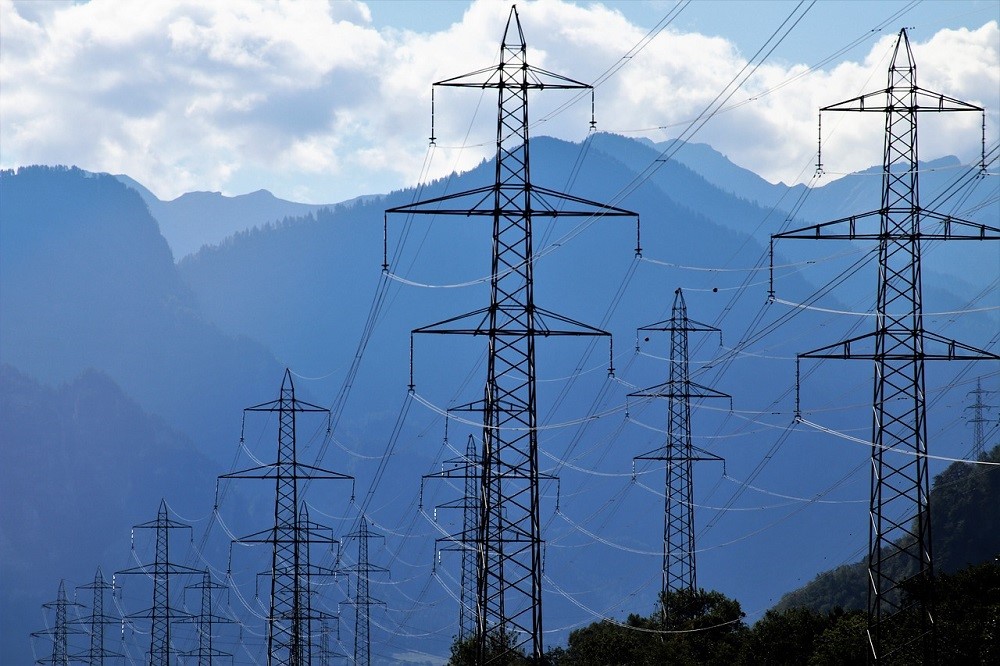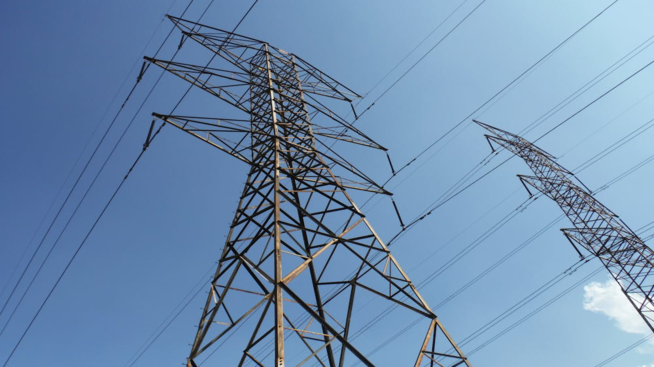Are you confused about what electrical insulators are? Do you wish to know all about the types of insulators and their uses? This is the article you have been searching for all along! Here you will get detailed information about electrical insulator materials along with a brief look at the various types. While one example of insulators is cheap, the other might be more suited to your needs. You must know the different insulator types before choosing the appropriate one.
What Is an Insulator?
An electrical insulator refers to a material where the electron cannot move freely for having atoms along with tightly restricted electrons. The internal electric charges of these electrons, held tight together, cannot flow freely.
Therefore, only a limited amount of electric current can flow, and that too, mainly during the strong presence of an electric field. This stands in sharp opposition to conductors, semiconductors, and other materials that are good conductors of electric current.
A typical insulator related to the field of electricity is recognized by its resistivity. Insulators possess higher resistivity when compared to conductors and semiconductors. Non-metals happen to be one of the most notable examples in this case.
Insulators in electrical equipment are used to support and segregate electrical conductors and do not allow current to pass through themselves. Wrapping cables or other electrical objects using electrical insulator materials is referred to as insulation.
What Are the Uses or Applications of Insulators in Electricity?
You might be thinking what is the use of such insulators when electric charges are not allowed to pass through them? However, these insulators find great usages at homes, streets, offices, etc.
You can find these in electrical equipment and appliances too. These are also used for preventing occurrences of high voltages where they save electrical devices from getting damaged.
Sometimes, a flexible insulator coating is applied to cables and electric wires. This is known as insulated wire. While sometimes wires do not need this coating, this becomes important in the case of wires that remain in close contact with each other. Such wires are more prone to produce short circuits, cross-connections, and fire mishaps.
In the case of a coaxial cable, the conductor at the middle needs adequate support right at the center of the hollow to stop EM wave reflections. Wires which expose voltages more than 60V can lead to human shocks as well as electrocution hazards. The answer to all these problems is insulating coatings.
The materials of electrical insulators hold electrons very tightly. This restricts the movement of electrons from one atom to another. As a result, the conduction of the electric chargers gets prevented.
Insulators reduce energy costs sufficiently and control pollutant emissions, thereby, protecting the environment. They enhance the performance of electrical appliances and keep users safe from being electrocuted. Apart from this, they also make appliances soundproof.
Since insulators in electricity have multiple applications, these are commonly applied to high voltage appliances, coating for electric wires, cables, electric poles, circuit boards, etc.
What Are the Different Types of Insulators?
Disc Insulator
These insulators are made up of good quality raw materials and therefore, they are perfect for low as well as medium polluted environments. These are mainly used in distribution and transmission lines. These can support conductors that are used for electrical wiring and insulation in cables.
Pin Insulator
Distribution systems use these insulators. These have a voltage capacity of 11kV and are designed with robust strength material. These insulators remain connected in both horizontal and vertical positions. The construction is simple, and these require less maintenance compared to the other insulator types.
Post Insulator
These insulators find their applications in substations since they are perfect for varying levels of voltage. These insulators remain arranged vertically. These protect switchgear , transformers along with other connecting devices. These insulators are known for their excellent mechanical strength.
Shackle Insulator
Mostly found in overhead distribution systems, these come in small sizes. You can use a metallic strip to connect such insulators. These have a voltage capacity of 33kV and operate while remaining in the position of circular turns or bends.
These are also found in distribution lines of less voltage. These can remain in both vertical and horizontal positions. Cross-arm or bolts are used to connect such insulators to the poles.
Stay Insulator
These rectangle-shaped insulators find their usage in the distribution lines. Compared to other insulators, these come in small sizes. You can arrange such insulators within the earth and the line conductor. These protect electrical devices from sudden jerks that happen during voltage fluctuations.
Strain Insulator
Generally found in overhead transmission systems, these insulators have a voltage capacity of 33kV. These are mostly placed in an arm place or a bent position. Though the application areas of these insulators are similar to suspension insulators, they have different specifications and work differently.
Suspension Insulator
These have voltage capacity ranging from 11kv to 765kv. These offer enhanced flexibility when applied to overhead transmission lines. The discs are used based on voltage levels. Since such insulators are connected through steel towers. These need increased height for supporting each of the discs.
These insulators have better efficiency when compared to other insulators. This is because, even if a single insulator disc gets damaged, all the other discs continue to operate properly. The best part is that you can also change the damaged disc and replace it with a better, newer one.
Conclusion
There is nothing called a “perfect insulator”. This is because insulators also contain charge carriers that carry current. Specifically, the word “insulator” is used to mean insulating supports that attach electric power transmission or distribution lines to transmission towers and electricity poles. The insulators, in this case, bear the suspended wires’ weight and do not allow the current to flow to the ground through the tower.














